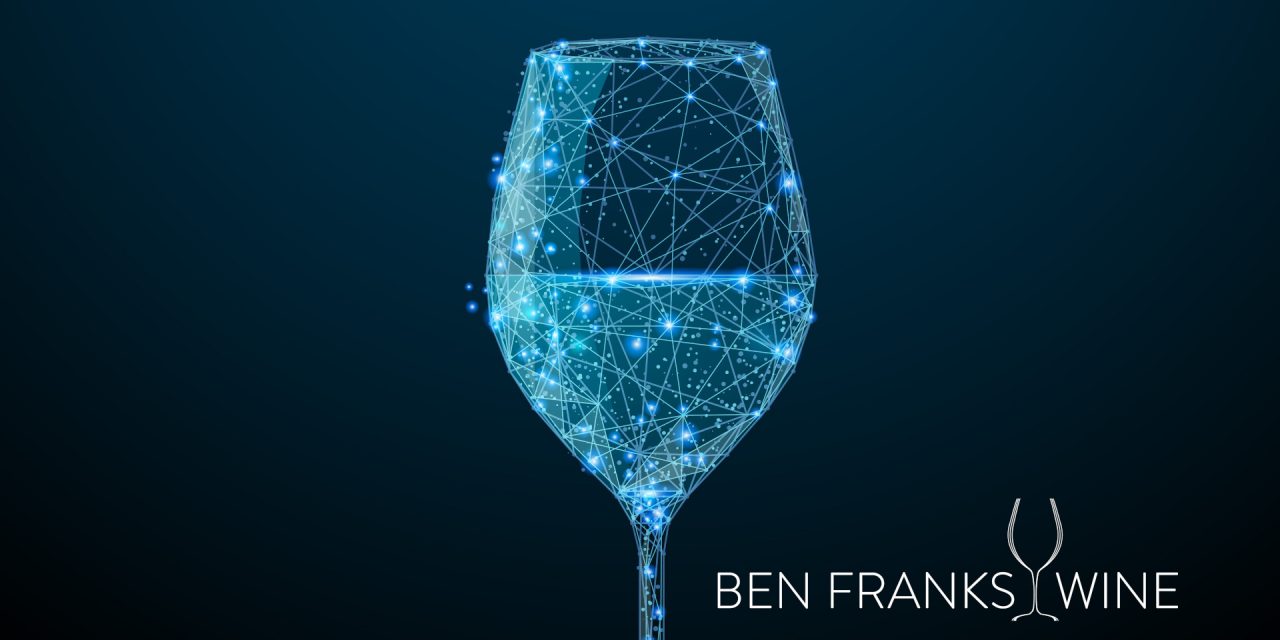Technology in the last two decades has moved faster than at any time in history, and it doesn’t look like it’s going to slow down any time soon. Jon Reay explores how drinks brands are taking advantage of new realms and ways to communicate using the metaverse. He argues that today it’s a question of when, not if, all drinks brands look at their metaverse strategy.
Everyone’s talking about the metaverse but is it really a place to enjoy wine and spirits? Come with me beyond the hype to understand what the metaverse is really about, how drinks brands are experimenting with it and what opportunities exist. Can you really taste wine in the metaverse? And what does the metaverse mean for brands and drinkers?
What is the metaverse?
The metaverse is a digital space where people can interact with each other via avatars (3D versions of themselves).
It’s not for everyone, yet, but it’s already gaining significant traction beyond geeks and gamers. We’re heading for a future in which people will spend an increasing part of their lives working, shopping and socialising in the metaverse. Facebook, Microsoft and Apple have all heavily invested in it. Brands in every sector are experimenting with it, and reaping rewards.
A growing number of drinks brands are selling virtual goods and advertising space in the metaverse, or conducting virtual product launches or tastings. Crucially, they’re also selling real goods too as a result of their metaverse investment. There is an ongoing erosion of the lines separating the virtual and the real world.
Non-fungable tokens (NFTs) are the digital currency of the metaverse. NFTs are unique digital assets recorded in a blockchain (digital ledger) that cannot be copied, substituted, or subdivided and are used to certify authenticity and ownership. Many drinks brands such as BarrelX, Wines of Germany and Anheuser-Busch are now selling one off or limited edition releases as NFTs, accompanying physical bottles with them.
The metaverse gives drinks companies a new way to market and experience their brands and products. Drinks have always been a way people can come together and socialise. Now this can happen without the barriers of location or other physical constraints.
The metaverse is not a single place. There are currently numerous platforms and environments out there, so how do you know where to lay your towel? Each has a different audience and following and allows you to do different things, so consider what aligns best with your brand.
Drinks brands in the metaverse
Heineken launched an event in Decentraland, a 3D virtual world, for people to drink the brand’s first virtual beer, Heineken Silver.
> Verdict? A great way to create a buzz and position the brand as a digital innovator. Probably not going to significantly impact sales directly though.
Wisher Vodka was the first spirit launched in the metaverse. It sold more than 100 cases before launching in real world retail. The brand is a metaverse mainstay through its ongoing partnerships and events.
> Verdict? The brand has strong awareness among metaverse users so will at least be a consideration for them, but it needs to keep up with on-trade and off-trade listings and broaden exposure to wider audiences to deliver real value.
Martell launched a digital world on gaming platform The Sandbox to attract a new generation of cognac lovers.
> Verdict? Visually stunning and certainly supports the brand’s prestige but is this really the right audience to be attracting? Feels like more of a PR play than actually growing their customer base.
Kinahan’s Irish Whiskey created a group of digital brand ambassadors selling virtual and real goods to enrich their drinkers’ experience.
> Verdict? A unique idea and a great way to gather customer insights and deliver personalised experiences. Virtual goods could potentially bring in a new revenue stream but selling physical product too is likely to bring more success.
Coca-Cola launched a new product line, Zero Sugar Byte, on their island in Fortnite before it hit stores. It is said to bring the flavour of pixels to life, transcending digital and physical worlds.
> Verdict? Trying too hard to blend the virtual and the real. I’m not sure I want to taste pixels! But it’s a great way to launch a new product and test out consumer response before making it available in the real world.
Bacardi’s Angel’s Envy Bourbon promoted the opening of its expanded production facility with a pop-up distillery in Decentraland.
> Verdict? Mirroring physical expansion in the metaverse helps to embed brand awareness with this audience. However, it does need to be supported by a multi-channel campaign to reinforce the message and reach other audiences.
Absolut.Land aimed to take elements of the festival experience to the metaverse, linked to Absolut’s long-term sponsorship of Coachella festival. Visitors could explore various spaces, interact with others, create virtual drinks and order physical cocktails for home delivery in the real world.
> Verdict? This makes sense for Absolut as an extension of their existing sponsorship. Other brands could do something similar as an alternative to real world sponsorship too as long as it aligns with their mission and values.
Are you ready to plug into the metaverse?
Whether you’re tasting pixels or just enhancing the experience of drinking in the real world, the role for drinks brands in the metaverse will continue to rise.
Consideration should be made, however, to where and how brands play in the metaverse, as part of their omnichannel strategy.
The question is not whether drinks brands should get involved in the metaverse but when.
Whatever, and wherever, you’re drinking, cheers!
——
Are you ready for the Metaverse? Is your brand looking for a digital leg-up and to innovate ahead of the crowd? Let us know!






